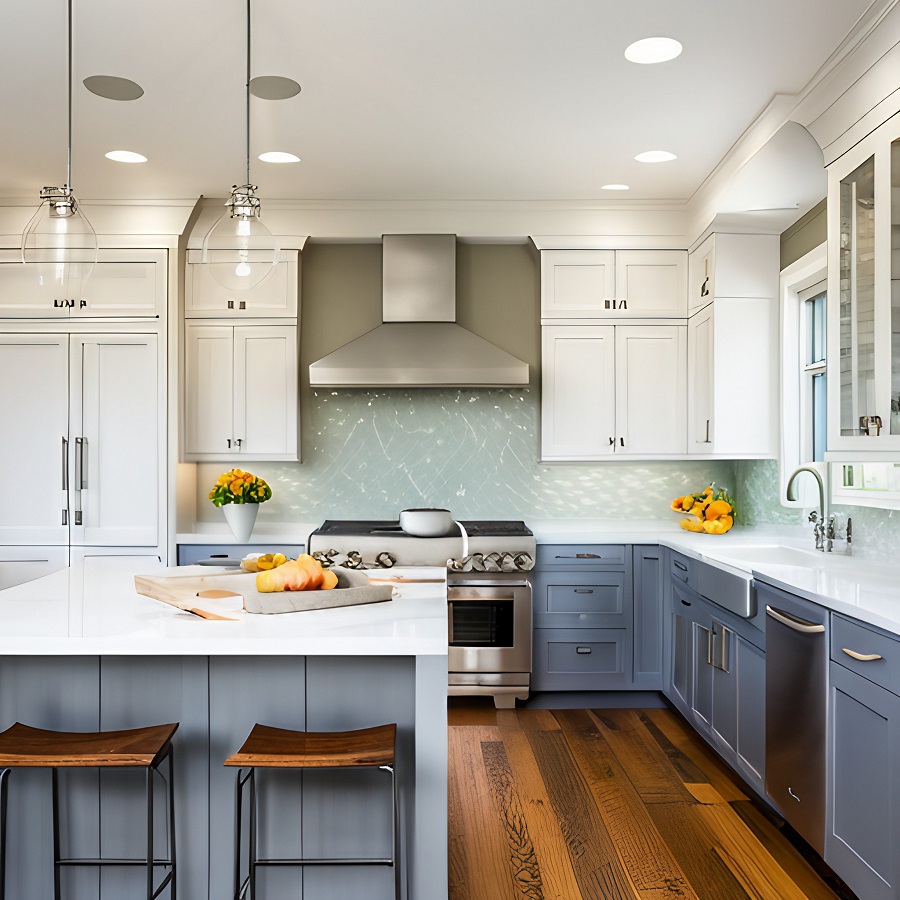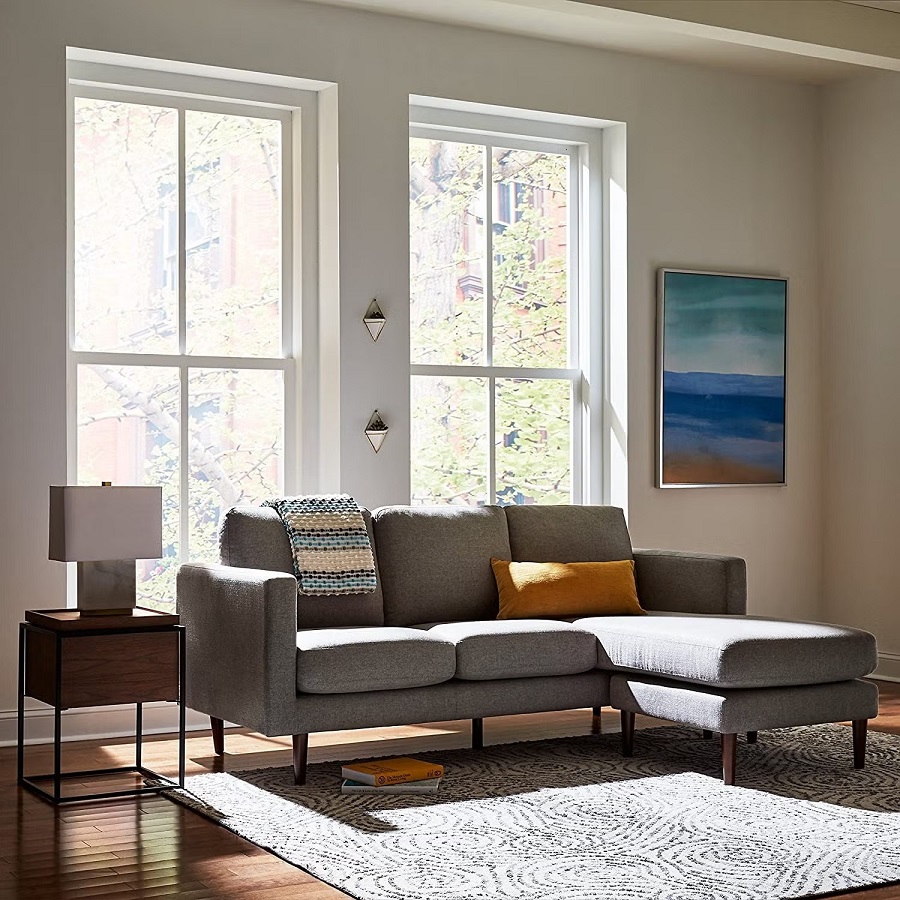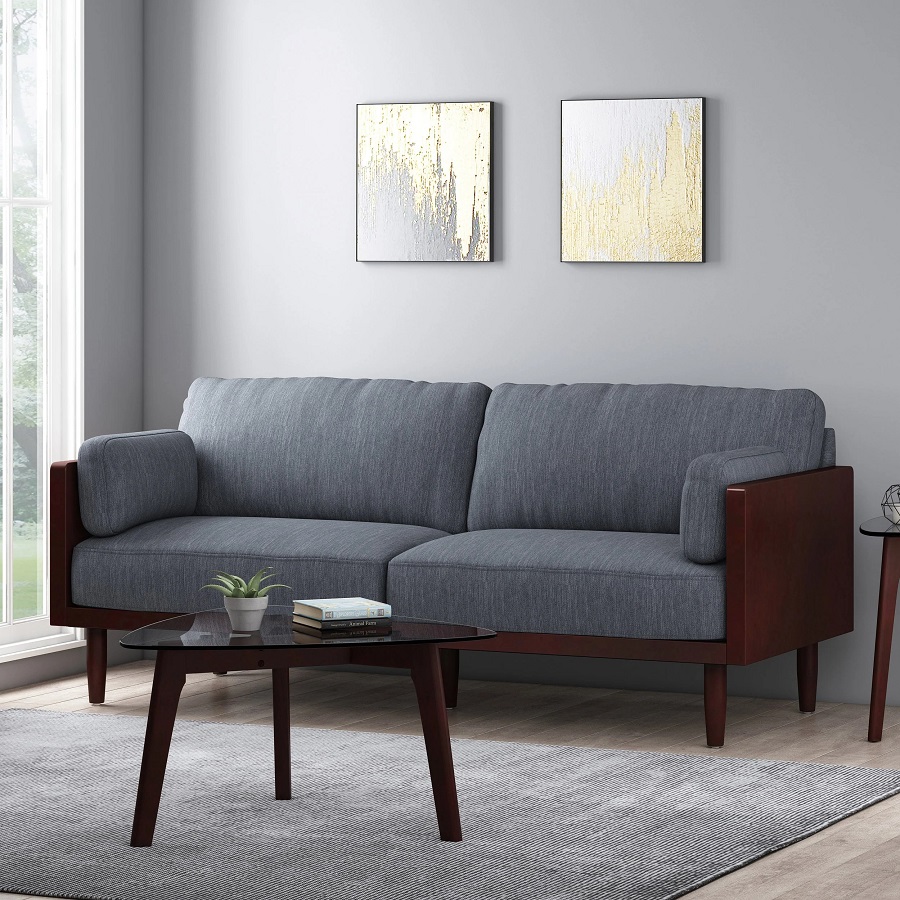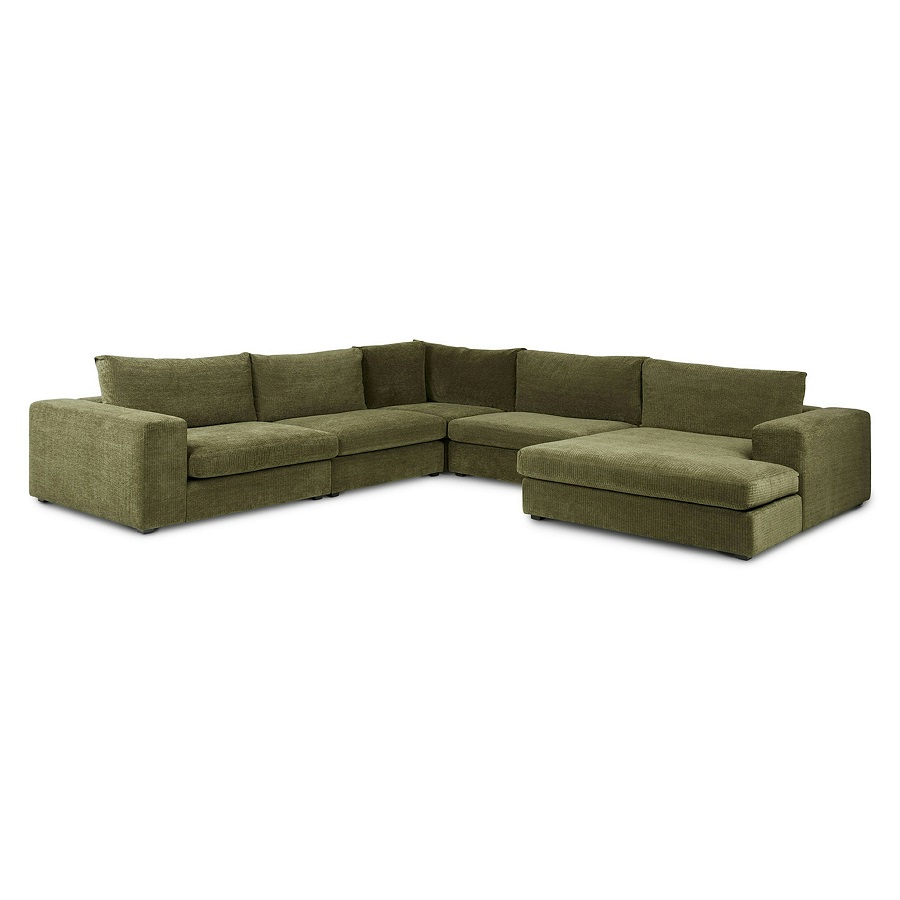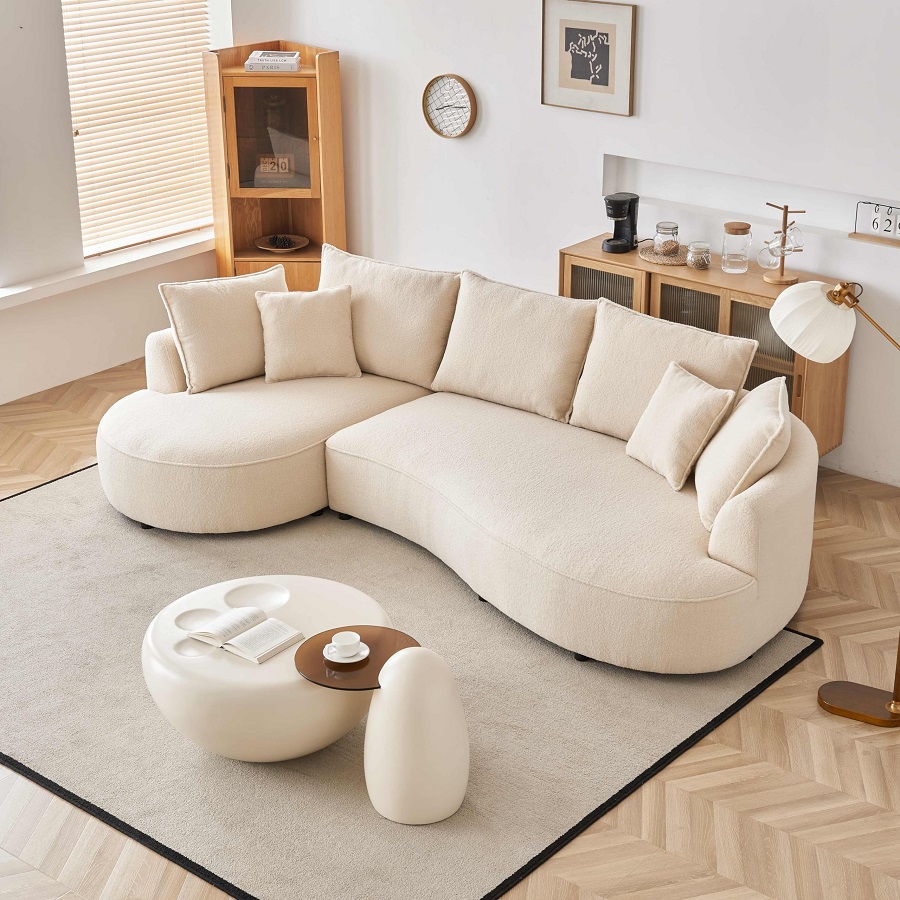Painting your cabinets can significantly transform the appearance of your kitchen or bathroom without the expense of a full renovation. However, understanding the costs involved is essential to budget effectively and achieve the desired results. This comprehensive guide will delve into various aspects of cabinet painting, helping you plan and budget for a fresh new look.
Understanding the Costs of Painting Cabinets
Initial Cost Estimates
The cost to paint cabinets varies widely based on several factors including the size of the kitchen or bathroom, the type of paint used, and whether you hire a professional or take a DIY approach. On average, homeowners can expect to pay between $1,200 and $7,000 to paint their cabinets. This range covers labor, materials, and any additional services required. For a more accurate estimate, consider obtaining quotes from multiple contractors or calculating costs based on the size and condition of your cabinets.
Factors Affecting the Cost
Several key factors influence the overall cost of painting cabinets. The first is the type of paint used. High-quality paints, especially those with durable finishes, tend to cost more but can provide a longer-lasting result. The condition of your cabinets also plays a role; cabinets in poor condition may require additional prep work, which can increase costs. Additionally, the complexity of the project, such as intricate designs or detailed moldings, can affect pricing.
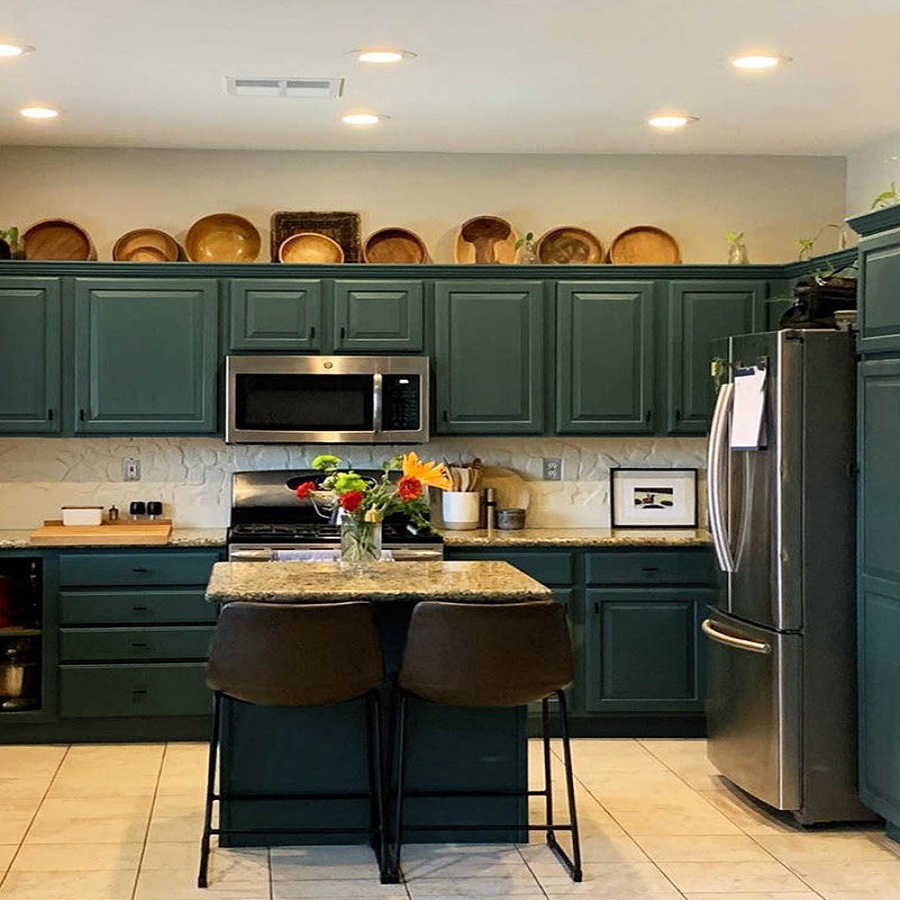
DIY vs. Professional Painting: Cost and Quality
DIY Cabinet Painting
Opting for a DIY approach can be a cost-effective way to paint your cabinets, with prices typically ranging from $200 to $600 for materials. This budget covers paint, primer, brushes, rollers, and other necessary supplies. DIY projects also offer the flexibility to work at your own pace and save on labor costs. However, it’s crucial to assess your skills and the amount of time you can commit to ensure a high-quality finish.
Hiring a Professional Painter
Hiring a professional painter often increases the overall cost but can ensure a higher-quality finish and faster completion. Professional services typically range from $2,000 to $7,000, depending on the complexity and size of the job. Professionals bring expertise, proper equipment, and a smooth finish that might be challenging to achieve on your own. When hiring a contractor, consider their experience, reputation, and portfolio to ensure you get the best value for your money.
Preparing Your Cabinets for Painting
Essential Preparation Steps
Proper preparation is critical to achieving a high-quality paint job. Begin by removing all hardware such as knobs and handles. Clean the cabinets thoroughly to remove grease, dirt, and grime. Sanding is another crucial step; it helps to smooth out imperfections and ensures that the primer adheres well. Depending on the condition of your cabinets, you might also need to fill in any holes or dents with wood filler.
Priming and Sealing
Priming is essential for creating a smooth surface and enhancing paint adhesion. Choose a primer suited for the material of your cabinets, whether wood, laminate, or metal. Applying a primer also helps to cover up any stains or imperfections that could affect the final appearance. After priming, consider sealing the cabinets with a clear topcoat to protect the paint from chipping and wear.
Choosing the Right Paint for Cabinets
Types of Paint
Selecting the appropriate paint is crucial for durability and finish. Oil-based paints are known for their durability and smooth finish but can be more challenging to clean and have a longer drying time. Latex paints, on the other hand, are easier to clean and dry faster but may require more coats to achieve the desired coverage. Additionally, consider opting for a semi-gloss or high-gloss finish, as these are more resistant to stains and easier to clean.
Paint Colors and Finishes
Choosing the right color and finish can greatly impact the overall look of your cabinets. Light colors can make a space feel larger and brighter, while darker shades can create a more dramatic and cozy atmosphere. When selecting a finish, remember that higher gloss levels are more durable but can show imperfections more readily. Test paint samples on a small area of your cabinets before committing to a final color and finish.
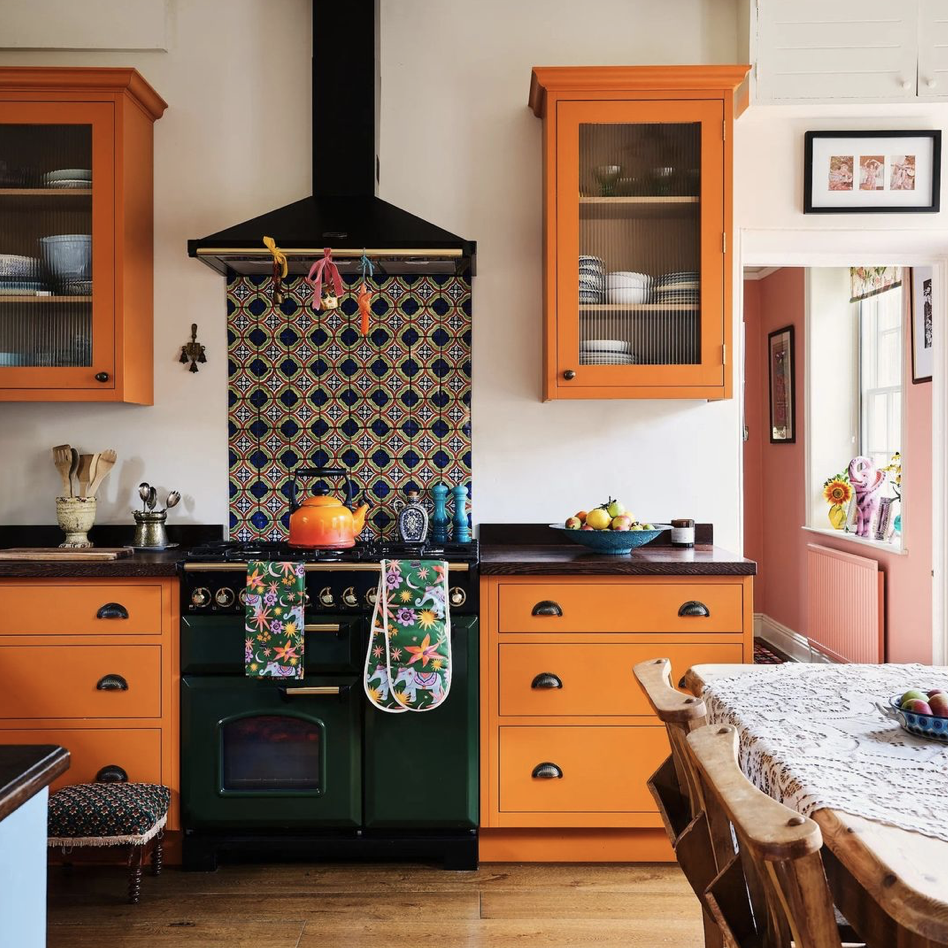
Hidden Costs and Additional Expenses
Unexpected Repairs and Replacements
During the cabinet painting process, you might encounter unforeseen repairs or replacements. For example, damaged or rotted wood might need to be replaced, or additional sanding and prep work may be required if the existing paint is in poor condition. These unexpected expenses can add to your overall budget, so it’s wise to set aside an additional 10-20% of your budget to cover these potential costs.
Cleanup and Disposal Costs
Don’t forget to factor in cleanup and disposal costs when budgeting for your cabinet painting project. Professional painters typically include cleanup in their services, but if you’re doing it yourself, you’ll need to account for the cost of cleaning supplies and the disposal of paint cans and other materials. Proper disposal of paint and other chemicals is essential for both environmental and safety reasons.
Long-Term Maintenance and Durability
Caring for Painted Cabinets
Maintaining your newly painted cabinets involves regular cleaning and care to keep them looking fresh. Use gentle cleaners and avoid abrasive materials that can damage the paint. Regularly check for any signs of wear or damage and address them promptly to extend the life of your paint job.
Repainting and Touch-Ups
Over time, your cabinets may require touch-ups or a fresh coat of paint. The frequency of repainting will depend on factors such as the quality of the original paint, the level of wear, and the overall care of the cabinets. Budget for periodic maintenance and touch-ups to keep your cabinets looking their best and to address any minor issues before they become major problems.
Estimating Time for Completion
DIY Project Timeline
If you’re taking a DIY approach to painting your cabinets, it’s important to set a realistic timeline. On average, painting cabinets yourself can take anywhere from one to two weeks. This includes time for preparation, sanding, priming, painting, and drying. The entire process involves multiple steps, and each layer of paint or primer needs adequate time to dry. Be sure to allocate extra time for unforeseen delays and to ensure that you can complete each step thoroughly.
Professional Painting Services Timeline
When hiring a professional, the timeline can be significantly shorter due to their expertise and access to specialized equipment. Most professional painters can complete a cabinet painting project in a week or less, depending on the scope of work. The streamlined process and efficiency of professionals can reduce the disruption to your daily routine and ensure that the job is done quickly and to a high standard.
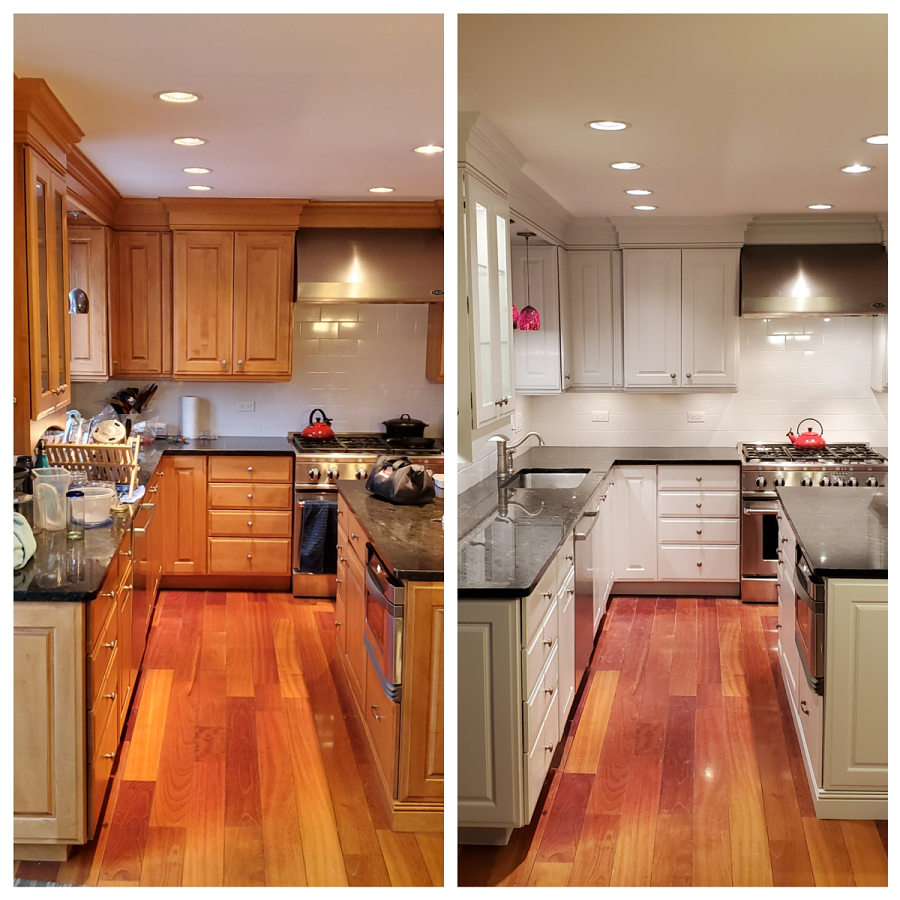
Impact on Home Value
Increase in Property Value
Painting your cabinets can be a cost-effective way to increase the value of your home. Updated, fresh-looking cabinets can enhance the appeal of your kitchen or bathroom, which are key selling points for potential buyers. While the impact on property value varies, a well-executed cabinet painting job can make your home more attractive and potentially justify a higher asking price.
Return on Investment
The return on investment (ROI) for painting cabinets is generally high compared to other home improvement projects. According to various sources, a professional cabinet painting project can offer an ROI of up to 80% or more. This makes it a worthwhile investment if you’re looking to refresh your home’s appearance without incurring the costs of a full remodel.
Conclusion
Budgeting for a cabinet painting project requires a comprehensive understanding of costs, preparation, and ongoing maintenance. By evaluating the factors affecting costs, choosing the right paint and professionals, and preparing your cabinets properly, you can achieve a stunning transformation for your space. Whether you opt for a DIY approach or hire a professional, careful planning and budgeting will ensure that your cabinet painting project meets your expectations and enhances the beauty and functionality of your home.






